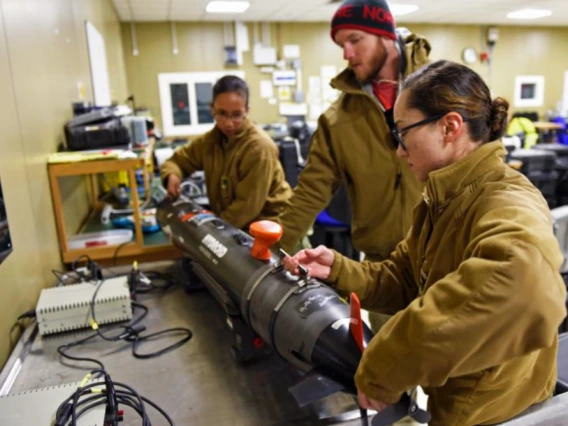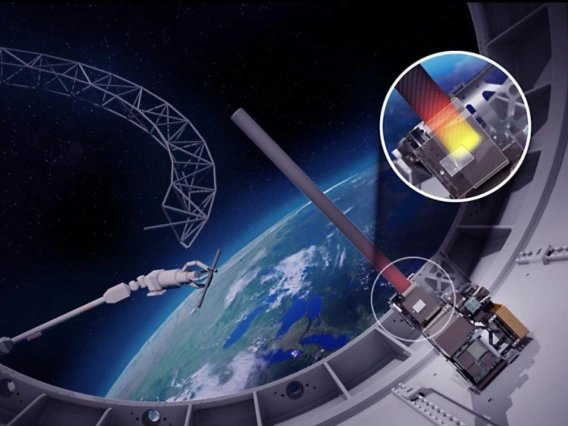DOD Laboratories
The Department of Defense (DoD) laboratories play a crucial role in advancing military technology and innovation. These laboratories are involved in a wide range of activities, from basic research to direct operational support for deployed warfighters. With facilities across 22 states and a workforce of tens of thousands of scientists and engineers, DoD laboratories are at the forefront of developing cutting-edge technologies in areas such as biotechnology, quantum science, and advanced material.
- Quantum Computing & Sensing
UA researchers contribute to national quantum efforts through projects like the $115M Superconducting Quantum Materials and Systems (SQMS) Center. UA focuses on quantum sensors, communication, and computing systems. Read more - Defense Research Infrastructure
UA received three 2024 DURIP awards to acquire critical research equipment aligned with DoD priorities—enhancing labs that support defense-related science and engineering. Read more - DoD-Sponsored Research Compliance
The university maintains robust systems to ensure compliance with DoD research regulations, particularly for projects involving human subjects. DoD Research Guidance (PDF)
FEATURED STORIES

Department of Defense Laboratories

DARPA demos will test novel tech for building future large structures in space
DARPA’s NOM4D program has shifted its final phase from lab testing to small-scale orbital demonstrations, leveraging advances from Caltech and the University of Illinois Urbana-Champaign. These projects aim to overcome the constraints of rocket cargo fairings by enabling in-space construction of large, mass-efficient structures. Caltech, in partnership with Momentus Inc., will test robotic assembly of composite structures in low-Earth orbit in 2026, while the University of Illinois will demonstrate a novel carbon fiber polymerization technique aboard the ISS.

Taking quantum sensors out of the lab and into defense platforms
DARPA is launching the Robust Quantum Sensors (RoQS) program to develop quantum sensors that can withstand environmental disturbances such as vibrations and electromagnetic interference. While these sensors offer unparalleled precision in measuring magnetic fields, gravity, and motion, their fragility has hindered deployment on moving platforms. Instead of relying on bulky shielding or isolation methods, RoQS will focus on designing sensors that are inherently resistant to disruptions, ensuring they remain highly sensitive and operational outside controlled lab settings.
The program prioritizes early collaboration between sensor developers and defense platform manufacturers to streamline the transition from research to real-world deployment. By engineering new sensor architectures, compact arrays, and advanced atomic systems, RoQS aims to create technology that meets the Department of Defense's operational needs. Organizations interested in participating must submit abstracts by February 20, 2025, with full proposals due by March 31, 2025.
